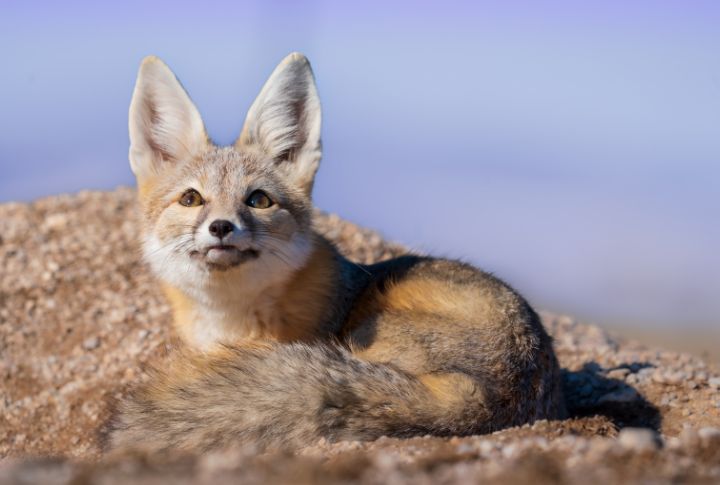
The deserts of America host an assortment of resilient wildlife, each species displaying remarkable adaptations to survive extreme conditions. Encompassing rugged mountain slopes and sandy plains, these ten animals represent the diverse life thriving in arid regions across the country.
Desert Bighorn Sheep
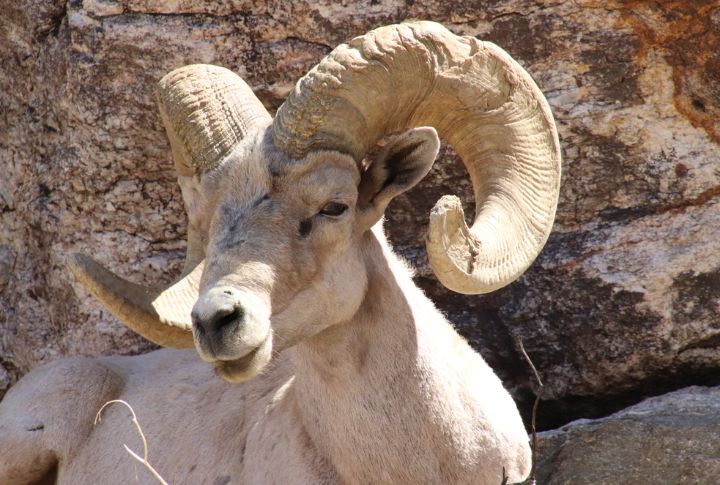
Desert Bighorn Sheep maneuver cliffs with unmatched surefootedness. Their powerful muscles and specialized hooves provide traction on rocky slopes. Males impress with massive curved horns used in battles for dominance, thereby showcasing strength that echoes across desert canyons.
Greater Roadrunner

The bird darts quickly across desert floors, using sharp reflexes to catch insects and small reptiles. Its distinctive call echoes through the dry environment, which makes it a desert icon that grabs attention wherever it goes.
Desert Tortoise

Surviving extreme temperatures, these slow-moving reptiles spend much of their lives underground. With an impressive ability to conserve water, desert tortoises can live for decades. Their burrows also offer shelter to other desert animals, making them a vital part of the ecosystem.
Chuckwalla
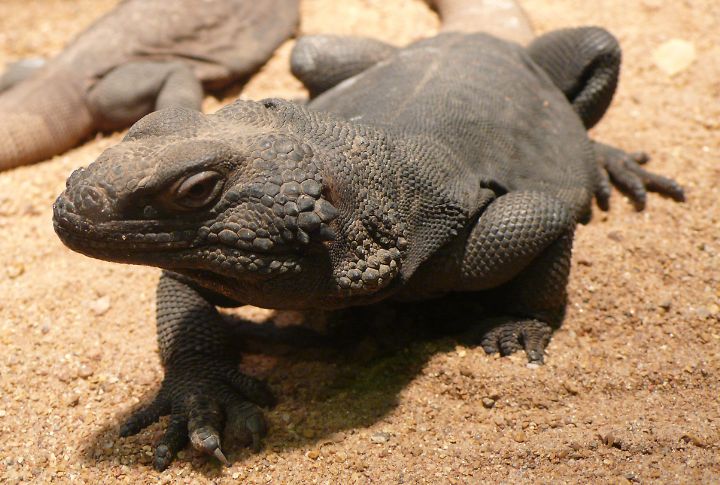
The Chuckwalla finds refuge among rocky crevices. When threatened, they wedge themselves tightly into cracks and inflate their bodies to avoid predators. These lizards thrive on leaves and flowers, which turn even the toughest desert plants into a meal.
Kit Fox

Kit Foxes emerge mostly at night to hunt in desert shadows. Their large ears help dissipate heat and detect faint sounds of rodents moving underground. Adaptations like a light coat color reflect the sun and help them stay cool under the blazing sky.
Kangaroo Rat
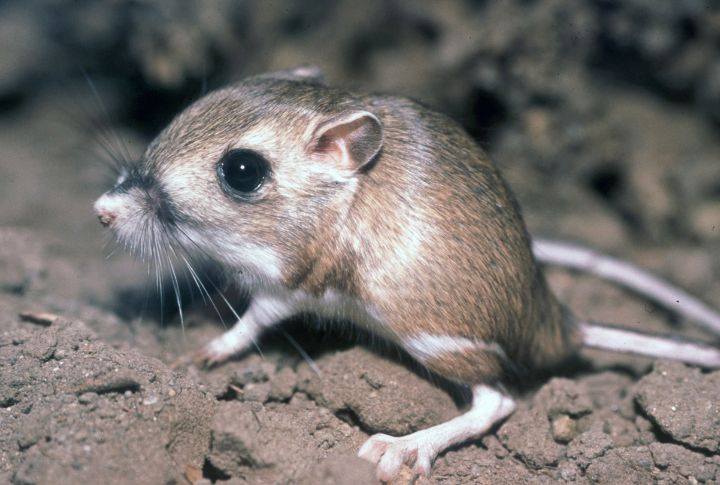
A light brown rodent, the Kangaroo Rat possesses powerful hind legs that enable it to leap great distances. It obtains moisture entirely from its seed diet and is well adapted to deserts like the Great Basin, where free-standing water is rare.
Burrowing Owl
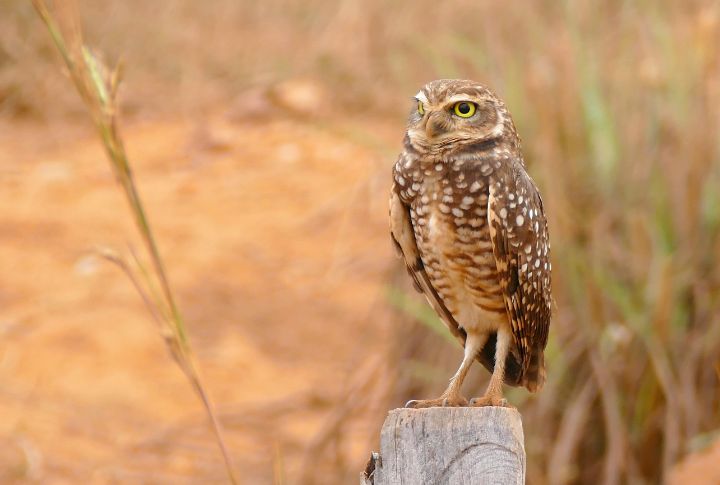
Burrowing Owls are among the few owls active during daylight. They nest in abandoned burrows and keep a watchful eye for insects and reptiles. Their curious behavior and distinctive stance give them a quirky personality in desert habitats.
Gila Monster

With striking black and pink bead-like skin, this lizard stands out as one of the few venomous reptiles worldwide. Found in North America’s desert scrublands, it spends much of the day resting in shaded dens, coming out mostly in spring to search for food.
Pronghorn
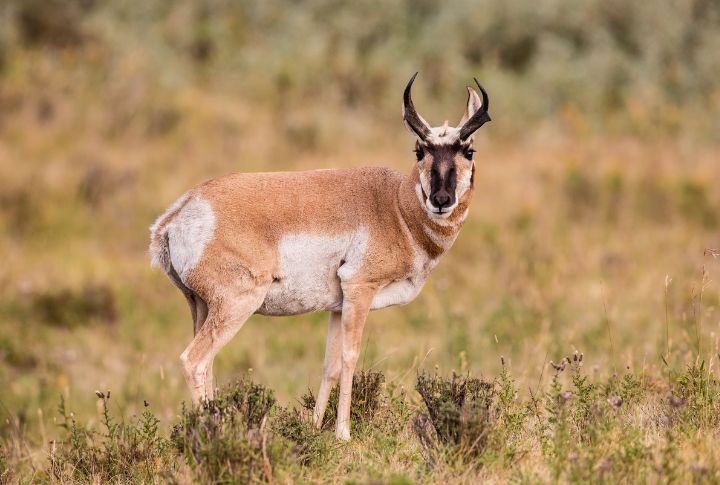
Native to the deserts and plains of the Southwest, Pronghorns have tan coats with white markings and slender bodies built for speed. These herbivores rely on exceptional vision to detect predators and cover large distances while grazing sparse vegetation.
Sonoran Coral Snake
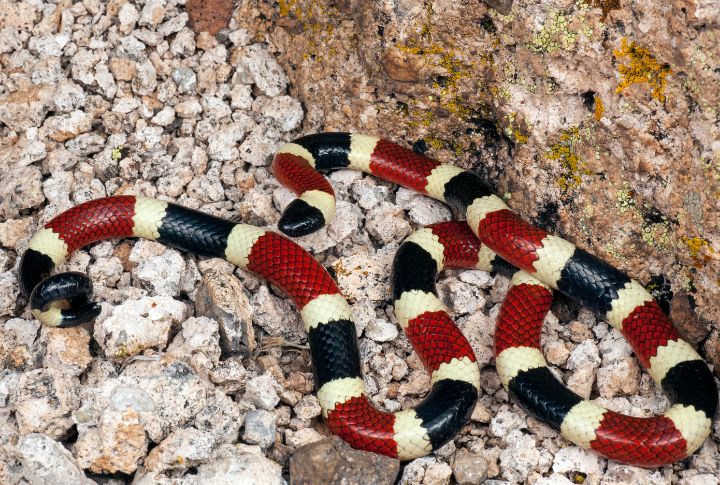
The Sonoran Coral Snake is a small, vividly colored serpent with red, yellow, and black bands. Its secretive nature keeps it hidden beneath leaf litter and rocks in desert regions, where it mainly preys on small reptiles and amphibians.

